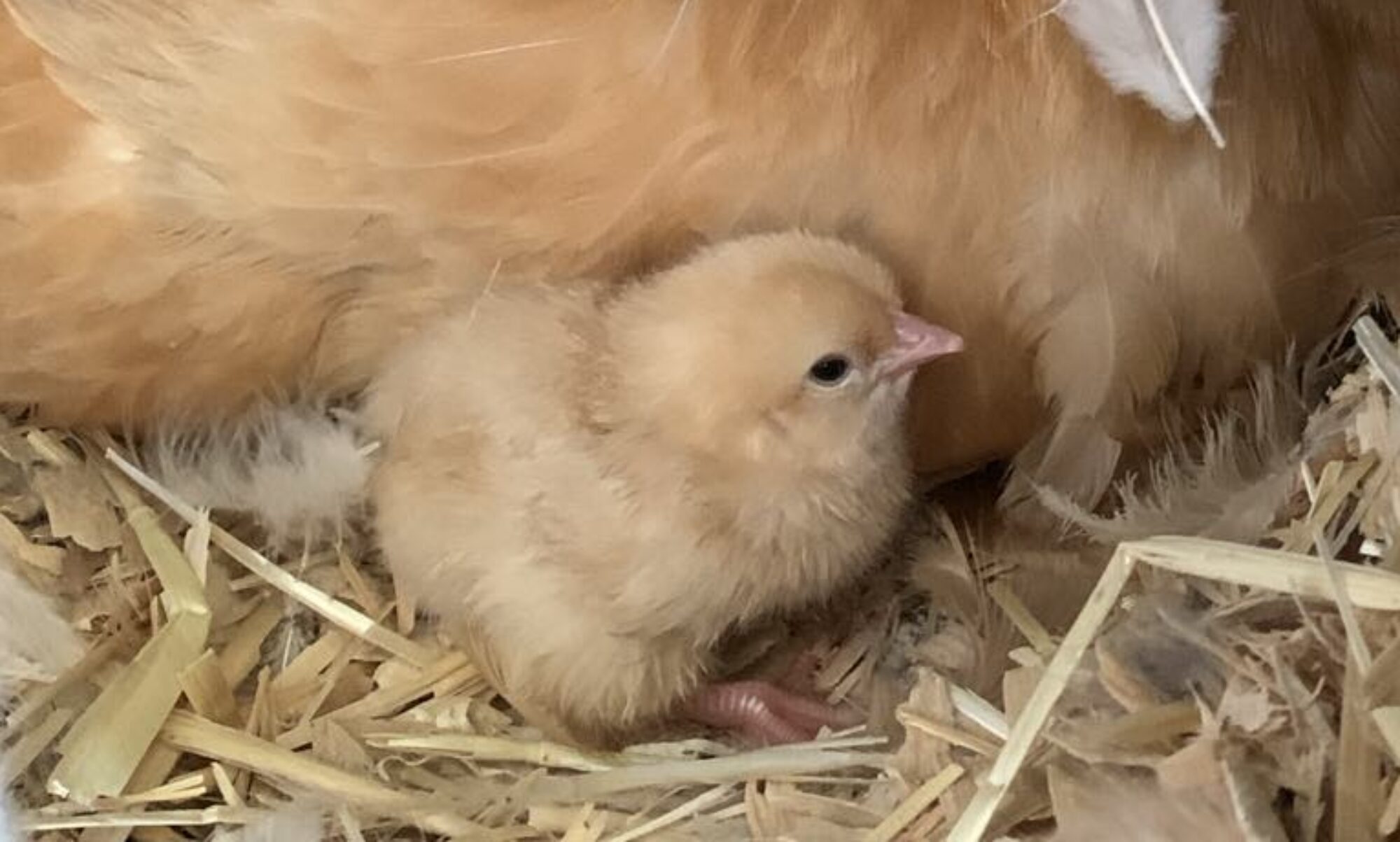Trimming a chicken’s beak, toenails or spurs can be intimidating. It probably wouldn’t be so bad if they could tell us when something hurts, but since they can’t, we tend to be a little reluctant to do the trimming for fear we might cause some pain or discomfort. A chicken’s beak, and toe nails, and a rooster’s spurs are all made out of keratin, a fibrous protein structure. That is the same thing that our hair and fingernails are made of and we know that cutting our nails doesn’t hurt, unless we get too close! And just as our hair and nails continue to grow, so does a chicken’s. Hopefully, through most of a chicken’s daily activities, they wear their nails and beak down naturally and don’t require any intervention. A chicken’s scratching in the dirt, looking for bugs and seeds, help to wear down their nails. You might have noticed a chicken wiping their beak on the ground as if to clean some dirt off. This act will file down a beak and keep it in check. A rooster’s spurs on the other hand grow out the side of the leg and are sharp, pointed and often used in disputes with other roosters. They do not touch the ground and so it is harder to keep them filed down. Spurs can grow to be quite long and get to the point where they interfere with walking, or injure a hen when mating. That’s when it’s time to intervene.











